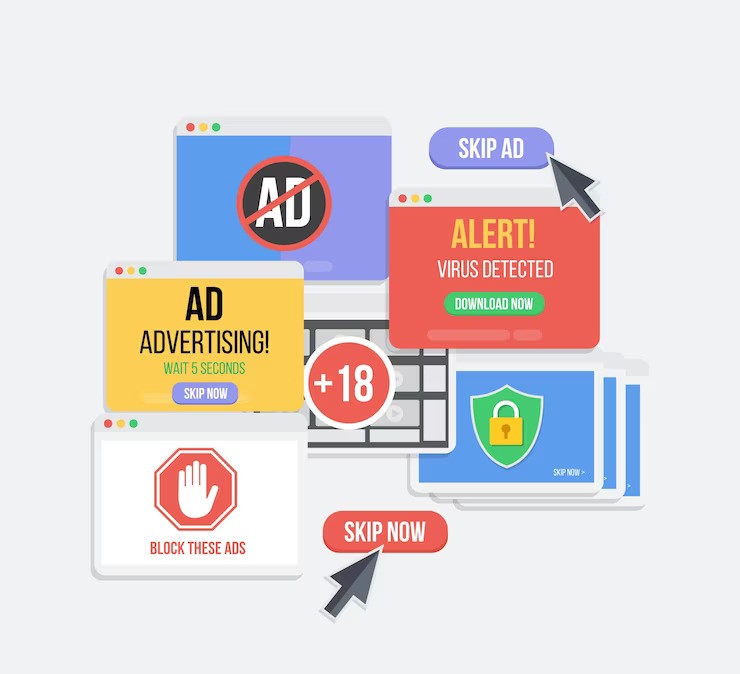Toast in web development

What is a toast in web development?
In web development, a "toast" is a small, temporary, and non-intrusive notification or message that appears on the user's screen. It is typically used to provide feedback, alert the user about a certain event, or display relevant information. There are various web development services a and web development tools available that can help with implementing toast messages or notifications. Remember to consider your specific project requirements, technology stack, and the level of customization needed when choosing a service or approach for implementing toast messages in your web development project.
Do you know what is toast in web design? Toast messages are often displayed as small rectangular boxes, usually positioned at the top or bottom corner of the screen. They may contain a brief text message, an icon, and sometimes a close button to dismiss the notification.
Toast messages are designed to be non-intrusive and appear momentarily without interrupting the user's workflow. They provide a subtle way to deliver important information or notifications without forcing the user to navigate away from their current task. By providing concise and timely information, toast messages help users navigate through web applications more smoothly. They can guide users, prompt them to take necessary actions, or inform them of important events, improving the overall user flow and reducing confusion.
Web developers use toast messages to enhance the user experience by providing timely information without interrupting the user's workflow. Some common use cases for toast messages include:
- Success or error notifications:
- Form validation feedback:
- System or application alerts:
- Action confirmation:
- Notifications and reminders:
Toasts can be used to inform users about the successful completion of an action or to display error messages when something goes wrong.
Toasts can provide real-time feedback to users when they fill out forms, indicating whether their input is valid or if there are any errors that need to be addressed.
Important system updates, announcements, or alerts related to the application can be displayed as toast messages.
When a user performs an action that has consequences (e.g., deleting a file), a toast message can be used to confirm the action and allow for easy undo or provide a way to track the progress of the action.
Web dev toast messages can be used to notify users about new messages, events, or reminders, allowing them to stay informed without navigating away from their current page.
The appearance and behavior of toast messages can vary depending on the specific web development framework or library being used. Many popular front-end development frameworks, such as Bootstrap, Material-UI, and Tailwind CSS, provide built-in components or utilities for creating toast messages. Additionally, JavaScript libraries like Toastify, Toastr, and SweetAlert2 offer customizable toast notification functionalities that developers can integrate into their web applications.
How to create web development toast?
To create toast messages in web development, you can use various web development frameworks, libraries, or even build your own custom solution. Here's a general overview of how you can create toast messages using JavaScript, HTML, and CSS:
- HTML Structure:
- CSS Styling:
- JavaScript Functionality:
- Triggering Toast Messages:
Start by defining the HTML structure where the toast messages will be displayed. Typically, you'll create a container element to hold the toast messages.
Style the toast container and the individual toast messages using CSS. You can customize the appearance according to your design preferences.
Next, you'll need JavaScript code to dynamically create and display the toast messages. You can define a function that accepts the message and other parameters, creates the necessary HTML elements, and appends them to the toast container.
Finally, you can trigger toast messages by calling the showToast() function with the desired message as an argument.
You can trigger toast messages in response to specific events, such as form submissions, button clicks, or AJAX responses. Depending on the requirements for web development and the libraries or frameworks you're using, you may have access to more advanced features, such as animations, different types of toast styles (success, error, warning), stacking multiple toasts, or customizing the toast appearance further.
If you're using a front-end framework or library like Bootstrap, Material-UI, or a dedicated toast library like Toastify or Toastr, you can refer to their respective documentation for specific instructions on how to create and display toast messages using their components or APIs.
Overall, toast messages serve as valuable tools for providing feedback, notifications, and information to users in a discreet and user-friendly manner. They contribute to a smoother user experience, improve engagement, and help users stay informed without disrupting their workflow.
